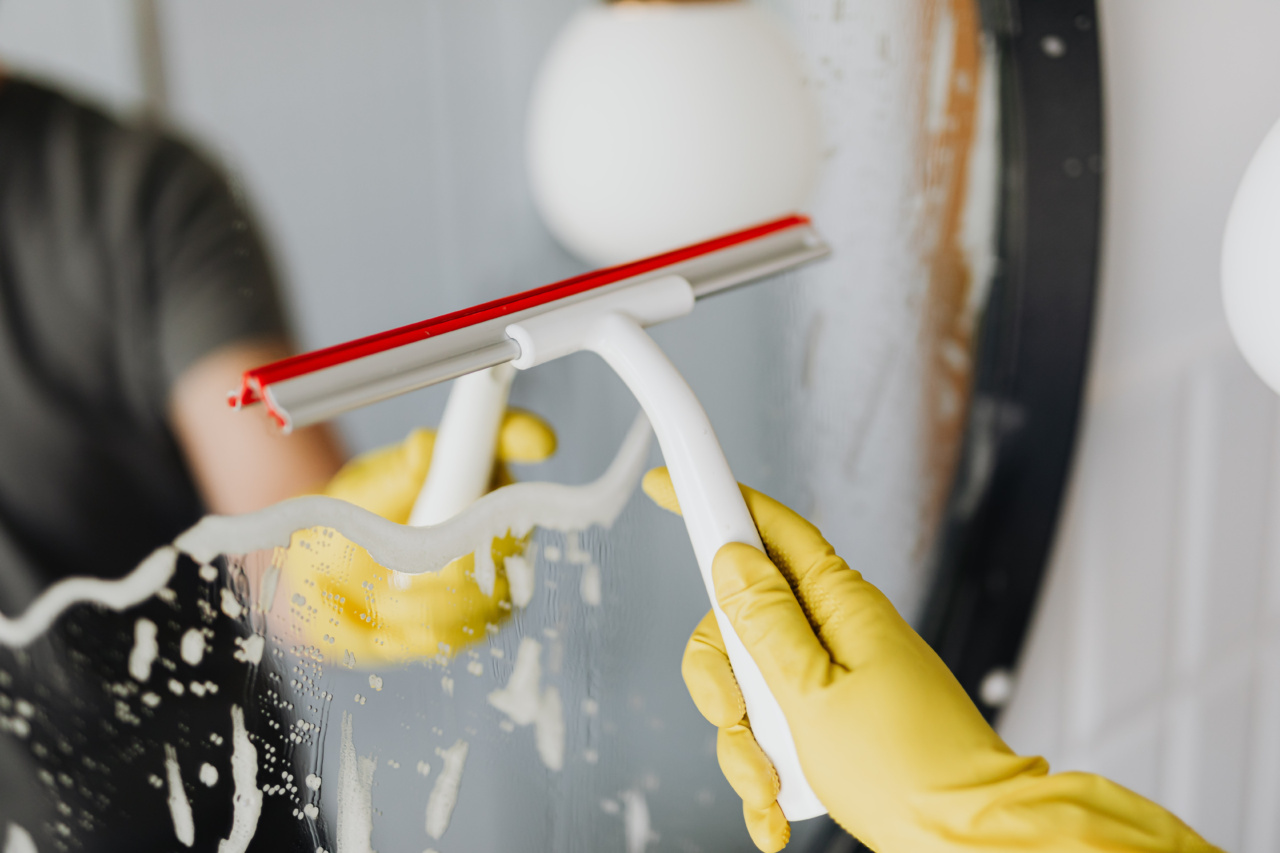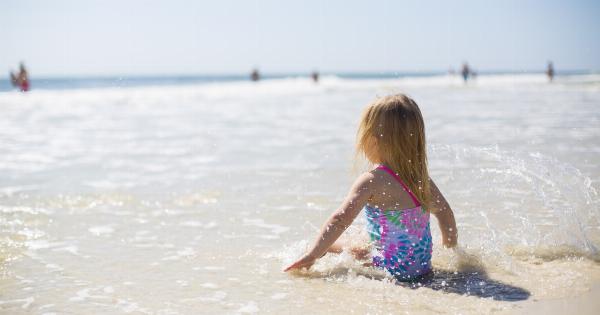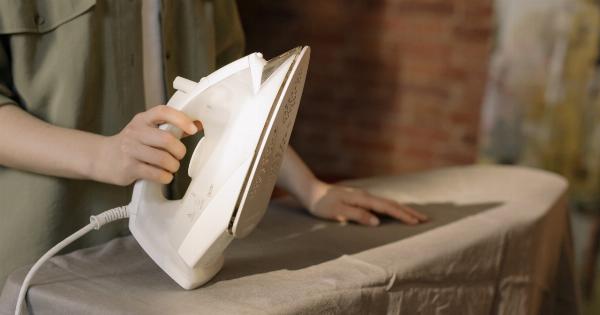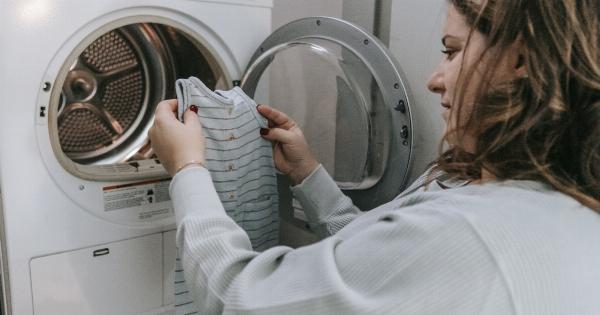When it comes to doing laundry, different items require different care. It’s important to consider the fabric type, color, and cleanliness requirements when deciding on the water temperature for washing your garments.
While you may be aware of the ideal water temperature for delicates or regular clothes, determining the right water temperature for washing your underwear might not be as clear. In this article, we will discuss the optimal water temperature for washing underwear and provide you with tips and guidelines to ensure your undergarments remain clean, fresh, and long-lasting.
The Importance of Proper Hygiene
Underwear is an intimate piece of clothing that comes in direct contact with some of the most sensitive parts of our bodies. Ensuring proper hygiene is crucial for maintaining good health and preventing bacterial or fungal infections.
Alongside a regular washing routine, the water temperature you utilize plays a significant role in eliminating germs, stains, and odors. Let’s delve into the different water temperatures and their effects on cleaning efficacy and the longevity of your underwear.
1. Cold Water
Cold water is generally considered to be around 30°C (86°F) or lower. It is commonly known as the most suitable temperature for delicate fabrics, such as silk or lace.
When it comes to washing your underwear, cold water is ideal for preserving the condition and color of your garments. It prevents fading or bleeding of dyes and minimizes the risk of shrinkage.
However, cold water may not be as effective in removing tough stains or killing certain types of bacteria.
Although it helps to rinse away dirt and mildew, you might want to consider another water temperature if your underwear requires a more thorough cleaning due to perspiration or other factors.
2. Warm Water
Warm water falls in the range of 30-40°C (86-104°F) and offers a balanced approach to cleaning underwear effectively. It is suitable for most fabric types, including cotton, polyester, and blends.
Warm water promotes better detergent activation, allowing it to penetrate the fabric fibers and dissolve stains, oils, and odors more efficiently than cold water.
When washing underwear in warm water, you can expect a higher cleaning efficacy compared to cold water. It is especially recommended for daily wear or when dealing with light to moderate stains.
However, keep in mind that warm water might cause some colors to bleed or fade, so it’s advisable to sort your laundry accordingly to prevent any mishaps.
3. Hot Water
Hot water typically ranges from 40-60°C (104-140°F) and provides the most effective cleaning power. While it may be suitable for heavy-duty fabrics and deeply stained items, it is generally not recommended for washing underwear.
The intensity of hot water can damage the elastic fibers present in most undergarments, leading to shrinkage or deformation.
Moreover, hot water might not be necessary for everyday wear and can contribute to premature wear and tear. It’s wise to reserve hot water for items like towels or bedding that require a high level of cleanliness and can tolerate the heat.
Tips for Washing Underwear
Now that you’re familiar with the different water temperature options, here are a few additional tips to ensure the cleanliness and longevity of your underwear:.
1. Separate Your Laundry
To prevent color bleeding and potential damage to your underwear, it’s important to separate your laundry by color and fabric type. Create three separate piles: whites, lights, and darks.
This sorting method will help preserve your garments’ color and maintain their overall quality.
2. Follow Manufacturer’s Instructions
Always check the care label on your underwear for specific washing instructions. Pay attention to any temperature or detergent restrictions and follow them accordingly.
Manufacturers know the best practices for their products and will guide you on how to keep your underwear in optimal condition.
3. Use a Mild Detergent
When it comes to washing your underwear, it’s best to opt for a gentle and mild detergent. Harsh chemicals can damage the elastic fibers and sensitive skin.
Look for detergents specifically designed for delicates or hypoallergenic options for a safe and effective cleaning process.
4. Consider Stain Removal Techniques
If you’re dealing with stubborn stains on your underwear, consider pre-treating them before washing. There are various stain removal techniques you can try to ensure the best possible outcome.
From using mild soaps or stain removers to creating DIY solutions, a little extra effort can go a long way in preserving your underwear.
5. Handle Elastic Bands with Care
Elastic bands are a common feature in underwear, providing a secure and comfortable fit. To maintain their elasticity and prevent premature wear, avoid excessive stretching or twisting when washing.
Treat your underwear delicately to ensure the elastic bands retain their shape and functionality for longer.
6. Air Dry or Tumble Dry on Low Heat
After washing your underwear, consider air drying them to avoid potential damage from high heat. Direct sunlight can help with disinfection and removing odors, but be cautious as it may cause colors to fade.
If you choose to use a dryer, opt for a low heat setting to minimize the risk of shrinkage or fabric damage.
Final Thoughts
The water temperature you choose for washing your underwear plays a vital role in maintaining both freshness and longevity.
While cold water protects delicate fabrics and prevents color fading, warm water offers improved cleaning efficacy for most underwear types. Hot water, on the other hand, should be avoided due to potential damage and unnecessary wear.
Remember to consider the fabric type, color, and any specific care instructions provided by the manufacturer.
By following these guidelines, you can keep your underwear clean, fresh, and long-lasting, ensuring the utmost comfort and hygiene for your most intimate apparel.































